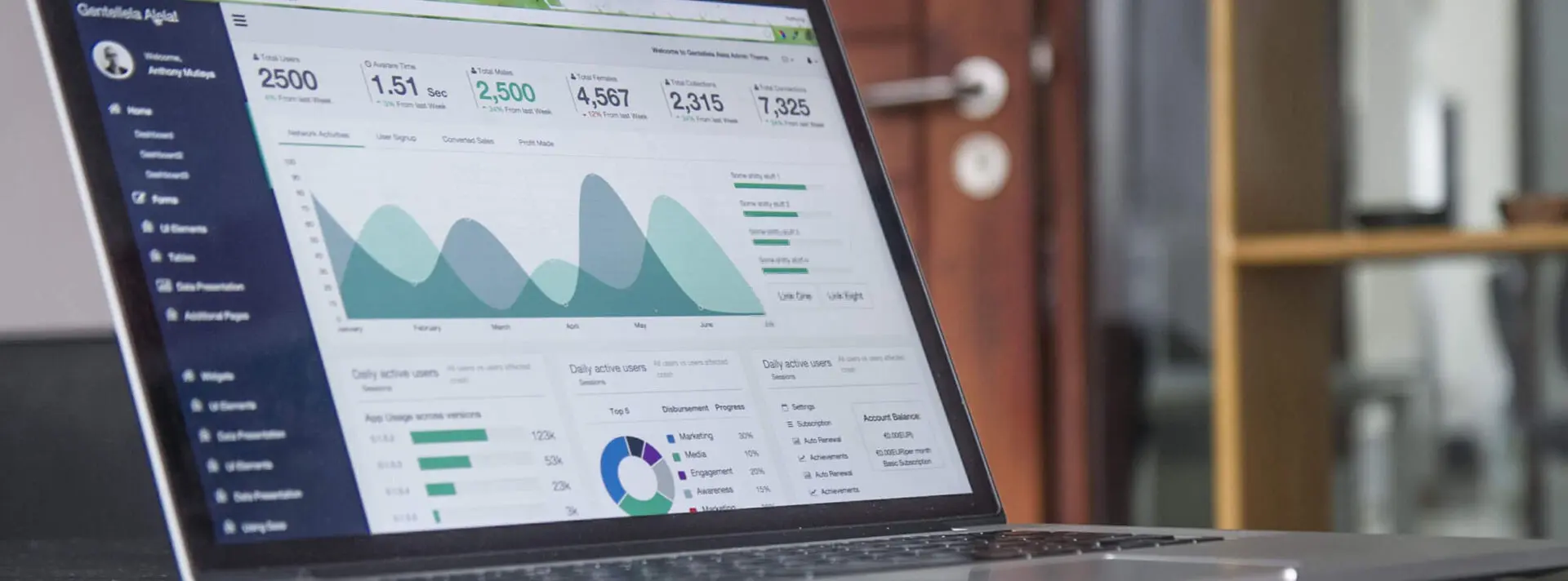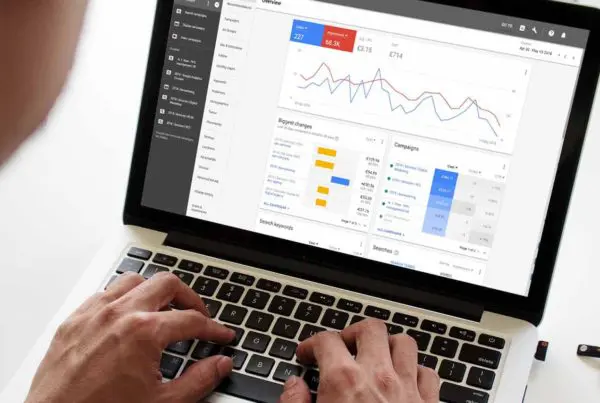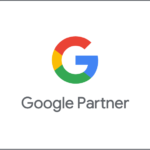You’ve set up your Google Ads campaign. You’ve selected your keywords and optimised your ads. That’s it, right? Watch the traffic pour in and wait for success. Wrong! All too often, marketing teams and businesses are focused exclusively on generating traffic. After all, if people don’t visit your website, they don’t buy anything.
The logic makes sense on the surface.
Except, it’s like a shopkeeper attracting people to their street, but not into their shop. The goal isn’t to generate traffic but to convert interest into sales. To make a profit.
Think about it. What’s better: 10,000 visitors, of which 100 purchase your product, or 1,000 visitors, of which 500 purchase your product. It’s the latter one, right? That’s where the money is.
That’s where conversion rate optimisation comes in. It’s the secret to refining and honing your website to maximise the percentage of visitors who buy your product or service.
In this article, you’ll learn what conversion rate optimisation is, why your business should harness its power to generate sales and enquiries, and how to get started.
What is conversion rate optimisation (CRO)?
Conversion rate optimisation, or CRO, is a method of adjusting your paid ads, landing pages, and website design to boost your conversion rate. Your conversion rate is the percentage of people who click on your ad who buy a product or make an enquiry.
You can look at this metric from a few different angles. There’s wasted spend, which totals the clicks you paid for that didn’t convert. There’s the cost by sale, which counts how much you spend on clicks per sale.
Ultimately, however, it all leads back to your conversion rate – the only metric that matters.
If you have a lot of sales but even more traffic, you’re not maximising your potential. You’re wasting money on clients that should either not have visited your site or weren’t funneled through to a sale when they got there.
Using our example above, a site with 10,000 visitors and 100 sales has a conversion rate of 1%. In contrast, the site with only 1,000 visitors but 500 sales has a conversion rate of 50%.
What is a good conversion rate?
CRO is all about maximising your conversion rate. The bigger the number, the better. But what does good look like? What’s a reasonable expectation for success?
On average, the global conversion rate for eCommerce sites was 2.17% in Q3 2020 – down from 2.37% the previous year. In comparison, the eCommerce rate was 2.57% for the US; and for the food and beverage eCommerce sites, it soared to 5.5%.
In short: your conversion rate isn’t solely determined by factors you control. You’re only as good as your industry allows. So, find out your industry average conversion rates and see how yours compares. Even if you’re better than average, however, there’s always room for improvement.
How to use CRO to boost sales and enquiries
Think about your customer’s journey from seeing your ad to purchasing your product. What do they see? Is it complicated or short? Do they need to do anything?
Minimising this journey and honing every step will lead to a greater conversion rate. Here are four tips critical to CRO:
1. Fix up your website
You could have the best performing ad in the world – if your website is a mess, it doesn’t matter.
First, your website should run smoothly and quickly. Nobody will wait for a website that struggles to load. Manage your site’s underlying code to ensure it runs effectively and efficiently.
You’ll also want to consider how easy the site is to use. Think like your customers. Is the site inviting and engaging? Do you know where you need to go? Does it clearly explain the product or service?
2. Include a Call to Action (CTA)
Including a CTA in your ad will boost clicks; including a CTA on your site will increase sales and inquiries. Consider adding a CTA on your home page, with a link funneling people to a contact sheet or product page. This minimises the steps a customer needs to take and clarifies what your business is about.
We’ve all been on sites where we struggle to work out what they’re selling. Skip the confusion. Cut right to the point.
3. Change (and test) your landing pages
Your website’s homepage is your storefront. It’s an opening for customers who don’t know what you’re about. But if a customer has already clicked on your ad and ends up on your homepage, they’re getting the same message twice.
Ad click > Home page > Contact or product page
Ad click > Contact or product page
Skip out the middleman – if your call to action asks them to buy a product, link to that product. If you want them to get in touch, jump straight to your contact details. Every step you eliminate reduces your customer’s chance to change their mind.
4. Mobile-friendly website
Almost 50% of searches on Google are done on mobile devices. Yes! That’s right – half. If your site isn’t optimised for mobile devices, you’re missing out on half your potential chances. No wonder your conversion rate is struggling.
A mobile-friendly site adjusts its aspect ratio and user interface for a touchscreen. Indeed, many phones can’t play Flash or handle complex graphics. Neglecting this means losing these potential customers. They won’t even browse your site.
So, convert your site into a mobile-friendly format and see the results. It’s one of the most underappreciated CRO tips.
Improving CRO improves your Google Ads ROI
I hope this article has been useful and you’re better aware of the importance of CRO. It’s something I often help my clients with. My background as a digital marketer means I understand not only how to create an effective Google Ad campaign, but how to ensure your website is working as well as possible. This way, we ensure the Google Ad campaign is working with your website to generate sales and enquiries – giving you a better ROI overall.
Get Your Google Ads Landing Pages Right with the Help of an Experienced Google Ads Agency
Are you worried about quality of your Google Ad landing pages? Are your current landing pages not performing as well as you think they should?
Learn more about our custom landing page creation service.
- How to Do Keyword Research for Google Ads - January 15, 2024
- A Comprehensive Guide to Google Ads for B2C Businesses - January 8, 2024
- How to Write Calls to Action (CTAs) for Google Ads - December 25, 2023









